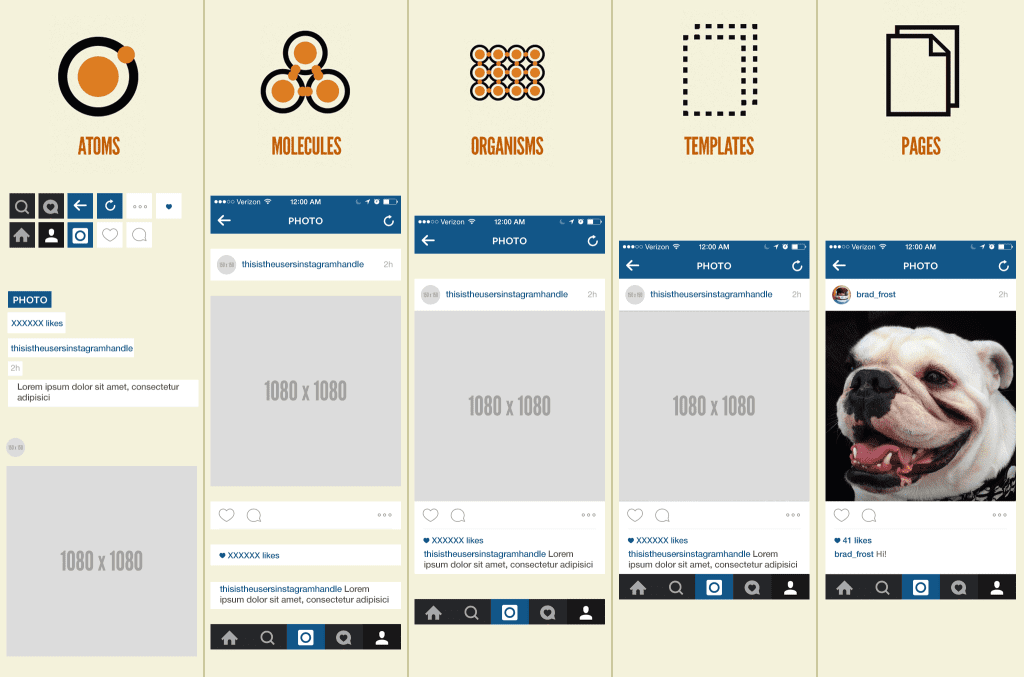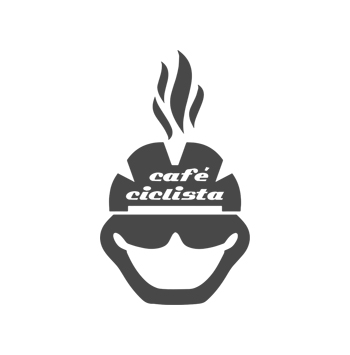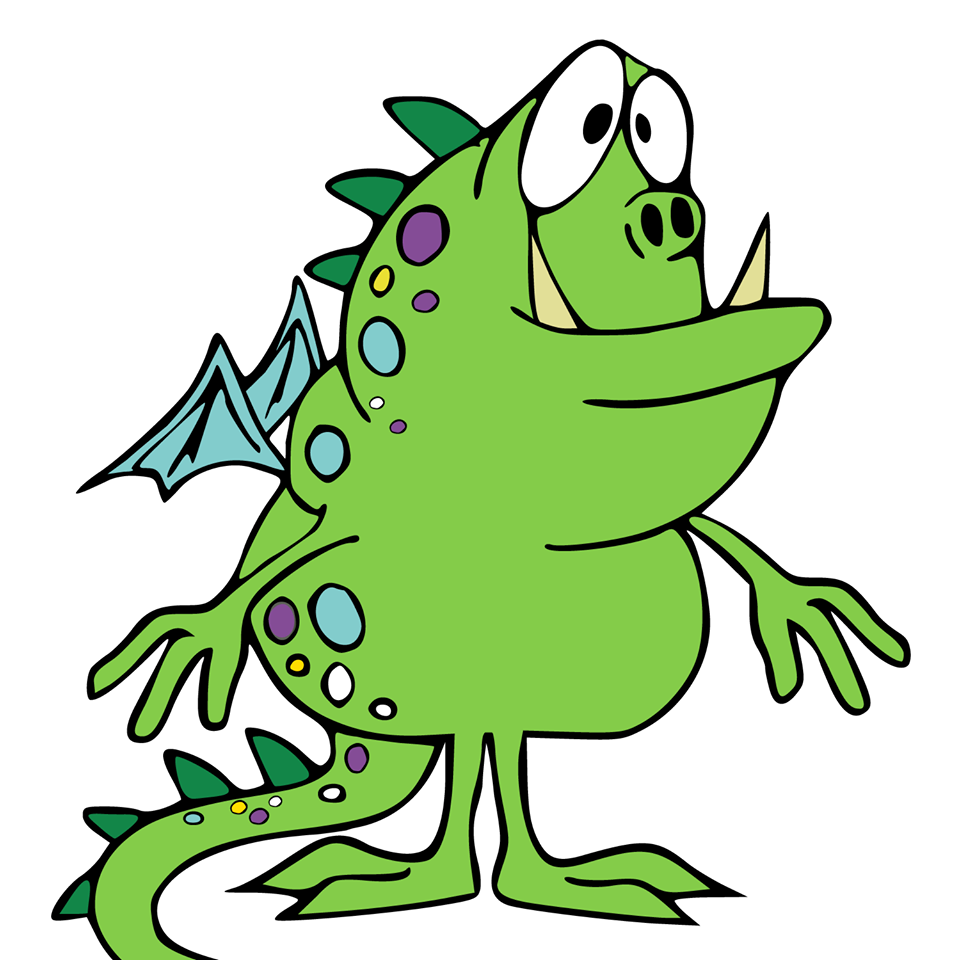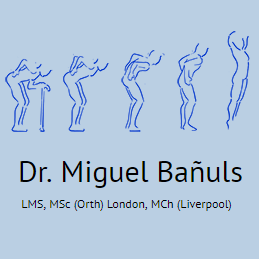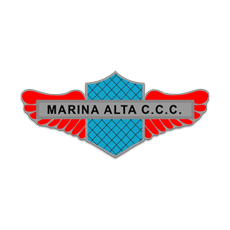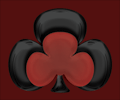Atomic Design is a revolutionary approach to web design that emphasizes a component-based design methodology introduced by Brad Frost in 2013. This innovative concept categorizes web elements into distinct layers, simplifying the design process and enhancing overall usability. By understanding the structure of atomic design, designers can create interfaces that are not only visually appealing but also consistent and maintainable. As more professionals adopt web design best practices rooted in this approach, the demand for comprehensive resources, like the upcoming Atomic Design course created by Brad and his brother Ian, continues to grow. Dive into this fascinating journey of creating functional design systems that optimize user experience through structured, reusable components.
The methodology of atomic design provides a systematic framework that allows designers to break down their projects into smaller, manageable pieces. Often referred to as a hierarchical model in digital design, this approach categorizes elements into fundamental units, enabling the efficient development of web interfaces. By focusing on composable structures that include components, substances, and integrations, this strategy fosters greater design flexibility and collaboration. Designers and developers alike benefit from applying this structured approach to their workflows, ensuring they follow modern design practices that promote consistency and reusability. Exploring this concept can significantly enhance the quality of web projects while streamlining the overall creative process.
Introduction to Atomic Design
In 2013, Brad Frost brought the idea of “Atomic Design” to the forefront, framing it within a biological context that resonated deeply with designers and developers alike. His book on the subject became a cornerstone resource, sparking widespread interest and conversation within the web design community. As we adopted this terminology into our lexicon, it allowed us to communicate more effectively about the layers of complexity involved in creating websites.
The concept itself serves as a brilliant methodology for organizing web design tasks. By breaking down designs into discrete components: Atoms, Molecules, Organisms, Templates, and Pages, Frost helped us visualize and manage the varying scales of our projects. Each level serves as a building block, enhancing our ability to create consistent, reusable, and maintainable designs.
Understanding the Layers of Atomic Design
At the most basic level, Atoms are the smallest components, like buttons or input fields. These fundamental building blocks work together to form Molecules, which are combinations of Atoms that function together, such as a search form consisting of a text input and a submit button. As we move upward, these Molecules converge into more complex structures known as Organisms.
Organisms represent a group of related Molecules that form a distinct section of an interface, such as a header or a product card. This hierarchy beautifully illustrates how smaller elements contribute to larger constructs, leading us to Templates. Templates provide the layout for how these Organisms come together on a page, guiding the structure while maintaining flexibility and cohesion in the design.
The Importance of Composable Design
Composable design is the heart of Atomic Design, promoting a system where elements can be assembled in various configurations. This approach not only secures consistency across different parts of a website, but also makes it easier to maintain the integrity of the design as changes are needed. With this simple yet profound structure, designers can focus on improving components without being bogged down by the broader context.
As projects scale, the need for maintainability and reusability becomes even more apparent. By using the Atomic Design methodology, we empower ourselves to craft designs that can evolve over time while staying true to their original intent. It liberates us from redundancy and offers a clear path toward future enhancements.
Brad Frost’s Ongoing Contributions
Brad Frost’s influence extends beyond his initial introduction of Atomic Design; he is constantly seeking to expand our understanding of this concept. Currently, he and his brother Ian are working on an online course dedicated to Atomic Design, making it accessible to a larger audience. With a presale price of $50 and discounts available for teams, this course presents a unique opportunity for anyone eager to deepen their knowledge.
His dedication to education and community engagement is commendable. Typically, I prefer to engage with a course before recommending it, yet I have full faith in Brad’s work. His creativity doesn’t stop at design. He has also produced podcasts aimed at encouraging others in the field to share openly about their experiences and motives, fostering a strong sense of community among designers and developers.
Experiencing Brad’s Creative Craft
Aside from his educational pursuits, Brad showcases his creativity in various forms. He organized a concert, blending his love for music and design to inspire audiences. The energy he brings to both the classroom and the stage is nothing short of magnetic; he embodies the idea that creativity comes in many forms, influencing those around him.
Whether it’s through his music endeavors where he drums spontaneously to his favorite tracks or his informative newsletter, Brad continues to keep us engaged. Each of his projects is infused with a sense of joy and authenticity that is hard to ignore, making him a reliable figure in the design community.
A Positive Outlook on Learning
One of the most admirable traits about Brad is his inexhaustible positivity. He inspires others to embrace their creativity while unearthing the potential within. It’s evident that he genuinely believes in the power of sharing knowledge and fostering growth, acting as a catalyst for aspiring designers and developers everywhere.
Given his track record of impactful initiatives, my anticipation for the Atomic Design course is through the roof. I firmly believe it will provide the clarity and insights we all seek in our strive for design excellence. The moment I heard about the presale, I couldn’t resist; I secured my spot without hesitation!

Conclusion: The Impact of Atomic Design
In conclusion, the concept of Atomic Design introduced by Brad Frost has significantly transformed the landscape of web design since its inception in 2013. By categorizing web elements into distinct layers—from atoms to pages—designers can craft more organized, consistent, and maintainable sites. This approach not only simplifies the design process but also facilitates collaboration among teams, as everyone can work towards a shared vision without losing sight of the details. Here are some key points to consider regarding Atomic Design:
– **Hierarchy and Organization:** Atomic Design provides a clear framework for understanding the relationships between different design elements, making it easier to create cohesive designs.
– **Focus on Reusability:** The modular nature of Atomic Design promotes the reuse of components across different platforms and projects, enhancing efficiency and innovation.
Brad Frost’s commitment to educating others about Atomic Design through his upcoming online course further highlights his dedication to the design community. As someone who continuously strives for creative expression and authenticity, he encourages others to explore their potential, whether through design or music. The anticipation surrounding his course reflects a strong belief in his abilities to deliver valuable insights and knowledge. In summary, embracing Atomic Design offers not only a strategic advantage for designers but also a chance to learn from one of the industry’s best:
– **Anticipated Educational Value:** With Brad Frost leading the course, participants can expect a rich learning experience that enhances their understanding of web design principles.
– **Inspiration Beyond Design:** Beyond Atomic Design, Brad’s creative ventures—whether in music or podcasts—continue to motivate individuals to engage deeply with their passions, reinforcing the connection between creativity and community.

